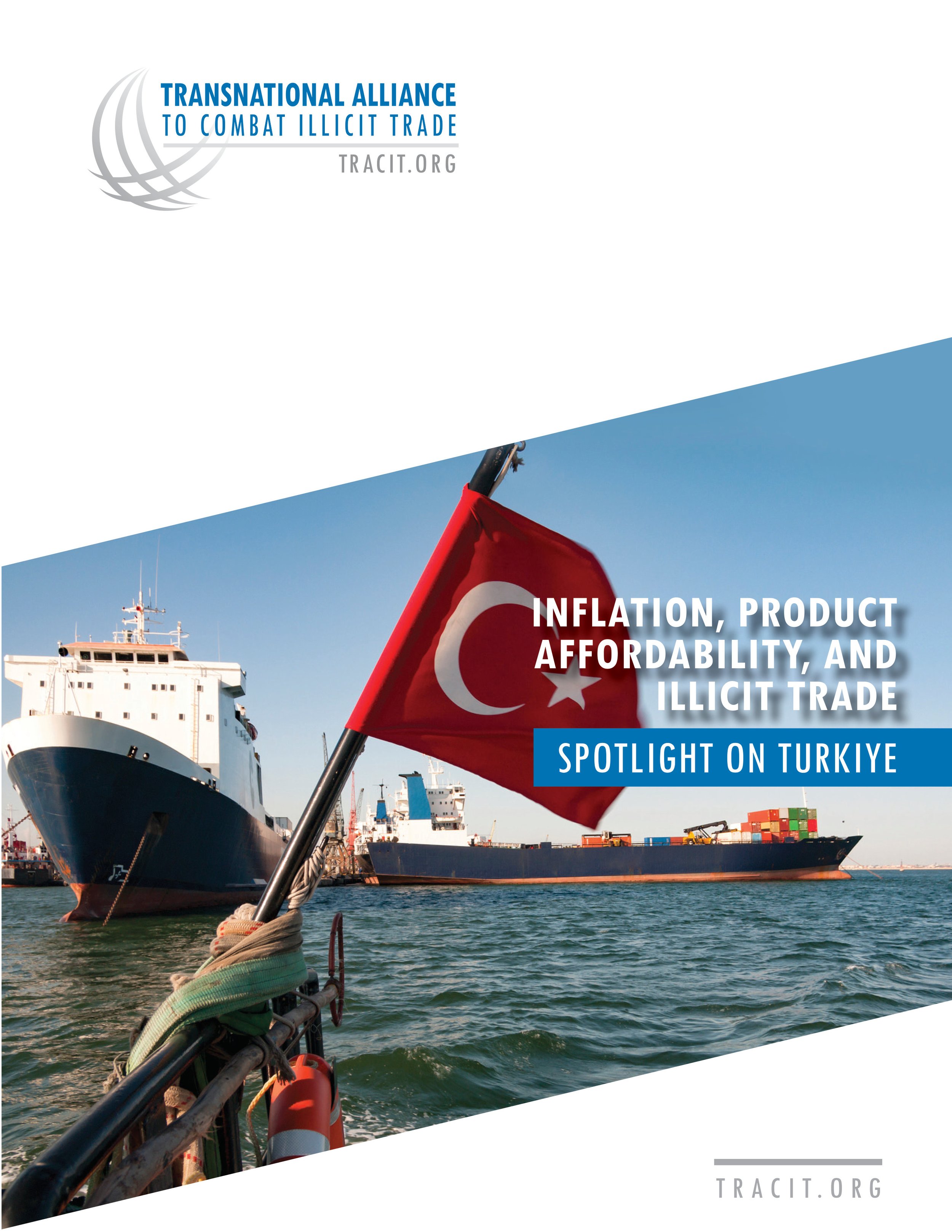By Max Daly ̵ Patrick Shortis
There has been a groundbreaking shift in the global drug trade, pioneered in Russia and now spreading globally. Unlike traditional drug trafficking models, this system leverages darknet markets and cryptocurrency for anonymous transactions, allowing buyers to retrieve drugs from hidden physical locations, or “dead drops,” rather than direct exchanges. Driven by large platforms such as Kraken, Mega, and Blacksprut, Russian darknet markets control 93% of the global share, generating approximately $1.5 billion in revenue in 2023 alone. This dominance marks a new era for organized crime, with Russia’s digital drug economy vastly surpassing traditional Western darknet markets in scope and influence.
The rise of Russia’s dead drop drug trade stems from several unique national factors: restrictive anti-drug policies, strained Western trade relations, and a strong technological foundation. Enabled by these conditions, the dead drop model has reshaped how drugs are distributed in Russia. Drug transactions now involve no face-to-face interactions; instead, orders are placed online, paid for with cryptocurrency, and retrieved from secret locations across cities within hours. This system, offering convenience and anonymity, has seen synthetic drugs—especially synthetic cathinones like mephedrone—overtake traditional imported substances like cocaine and heroin in Russia. As the report highlights, these potent synthetic drugs are cheap, easy to manufacture, and readily distributed through Russia’s vast delivery networks.
The report further underscores the severe social impacts of this model on Russian society, particularly among young people. Youth are drawn into this high-tech drug economy, often working as couriers or “kladmen” for online shops—a job that comes with high risks, including violence, criminal charges, and addiction. Violence has become endemic in the system, with enforcers, known as “sportsmen,” meting out harsh punishments for couriers suspected of theft or negligence. This pervasive violence, combined with the easy availability of highly addictive synthetic drugs, is fueling a public health crisis and contributing to rising incarceration rates among young Russians.
Beyond Russia, the report warns that this drug trade model is now expanding across borders, posing public health and security risks. It’s affecting Russian youth heavily, leading to violence, criminalization, and increased synthetic drug dependence. Understanding Russia’s darknet markets offers insight into the future of drug trafficking worldwide. Authorities and international bodies must adapt to address the growing influence of this high-tech, anonymous, and highly organized trade system.
Geneva: Global Initiative Against Transnational Organized Crime, 2024. 53p.





















